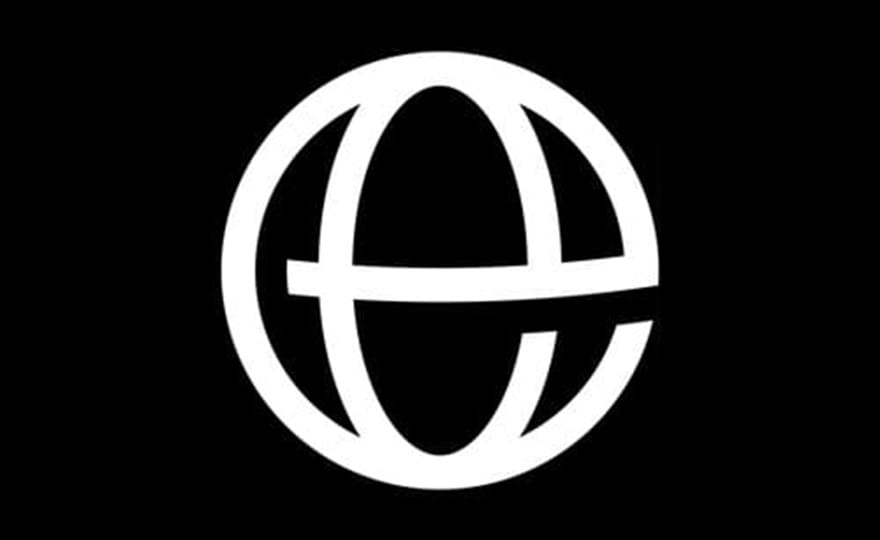ClientEarth Communications
17th September 2015


In Poland, the Environmental Liability Directive has been used to protect swallows.
The ‘polluter pays’ principle is logical and simple – those who cause pollution and environmental damage should be responsible for rectifying it. The Environmental Liability Directive (ELD) is a law that could, and should, be a powerful tool for putting this into practice, but it is widely underused – or, in some cases, unknown. It also lacks ambition and is often implemented and interpreted narrowly and without vision.
What can be done to make the directive work for us?
The ELD is due to be reviewed and revised. In view of this, we’ve given some thought to why it is not working as it should. Based on this, we have made recommendations that would help put the polluter pays principle into practice.
The ELD could be the campaigner’s secret weapon and examples from Poland have shown that when implemented well and used, it can be very effective.
Poland has implemented the ELD more effectively than other countries, and there is an awareness of the potential of the ELD there that seems to be lacking elsewhere. Since coming into force in 2007, it has been used over 400 times and environmental organisations see it as a useful tool.
How can it be used to benefit wildlife?
For example, in 2009, the renovation of a bridge in Szczecin, a busy port city in Western Poland, resulted in the destruction of 320 swallows’ nests. Through an environmental NGO’s use of the ELD, the developers who had caused the destruction were forced to pay for a solution.
Artificial nests were suspended from the bridge and other structural adjustments were made to help the swallows recover. In the longer term, the developers were required to observe the number of nests for four years, reporting on the progress of the swallows.
So why is Poland the exception?
There are limitations to using the ELD, including what counts as environmental damage, and a lack of coherence between national laws governing environmental damage and liability. We have analysed the potential and the shortcomings of the ELD and produced recommendations that could help it achieve its aims, and, we hope, become a tool that campaigners all over the EU can use to prevent and remedy environmental damage effectively.